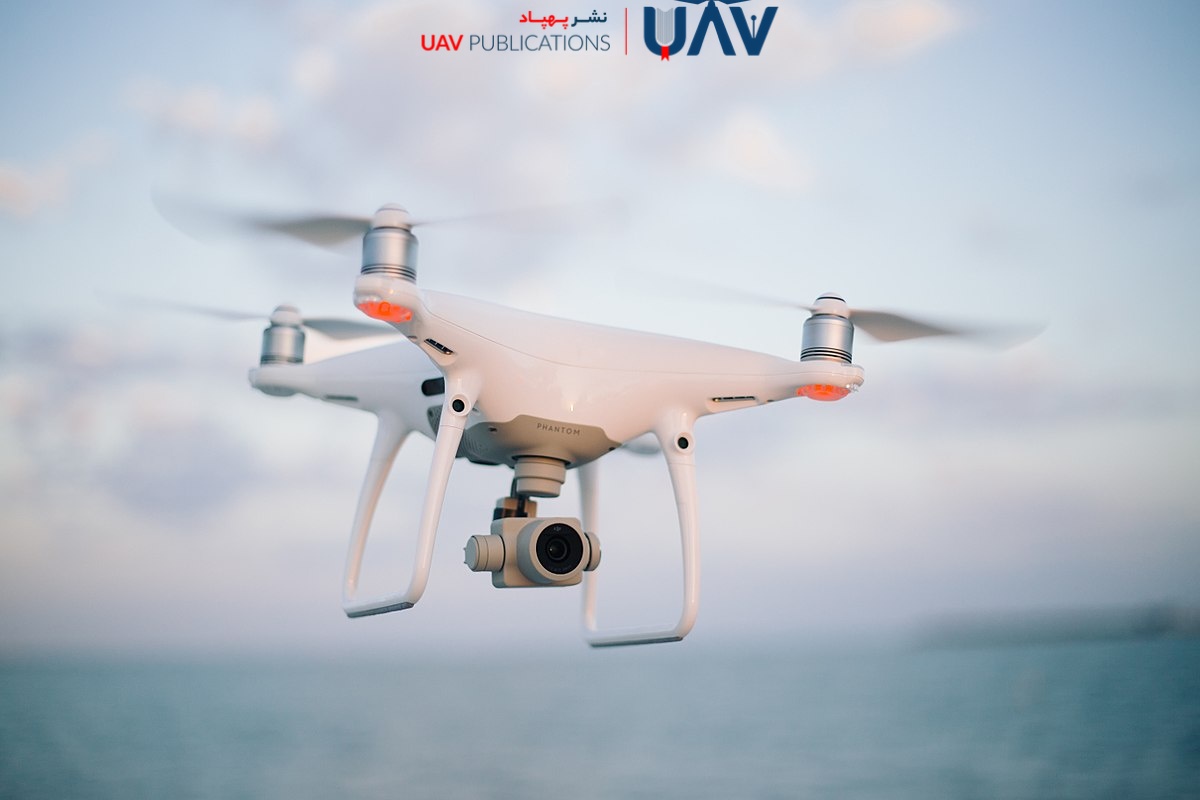A Comprehensive Review of Leading UAV-Focused Journals
In recent years, drone technology—commonly referred to as UAVs (Unmanned Aerial Vehicles)—has evolved rapidly from a purely military utility into a transformative force across various civilian industries. Academic and industrial research has proliferated in areas such as flight dynamics, image processing, autonomous control, and specialized applications like precision agriculture, aerial mapping, and infrastructure monitoring. Choosing the right journal for publication is not only critical for visibility and citation potential but also closely tied to identifying the appropriate target audience, impact factor, and publishing policies. This article presents a curated list of key UAV-specific journals, along with relevant complementary publications in robotics, remote sensing, and artificial intelligence. Each journal is introduced with an overview of its topical focus, peer review structure, and notable publishing features, offering researchers and students the necessary insights to select the most suitable platform for disseminating their work.
Overview of UAV-Specific Journals
Journals dedicated to UAV research focus on aerial technologies, remote control systems, airborne data processing, and real-world applications of UAVs. These publications typically accept research articles, technical notes, and review papers encompassing UAV design, navigation algorithms, remote sensing via drones, and performance evaluation methodologies. Their review process is often multi-staged and rigorous, with reviewers selected from leading experts in aerospace, robotics, and electrical engineering. Publishing in such specialized journals ensures that your article reaches a targeted audience, increasing the likelihood of citation and academic impact.
Drones – A Dedicated UAV Journal by MDPI
Published by MDPI, Drones is one of the few fully open-access journals devoted exclusively to UAV-related research. It covers a broad spectrum of topics, including drone hardware design, flight control, aerial image processing, agricultural and environmental applications, and advanced communication technologies.

The journal’s primary advantage lies in its rapid publication process and open-access model, which enable universal reader access and foster international scientific collaboration. MDPI also provides valuable services such as advanced English editing, manuscript formatting support, and download statistics, all of which contribute to a more substantial scholarly presence.
Journal of Unmanned Vehicle Systems – NRC Research Press, Canada
This journal, published by NRC Research Press in Canada, is a specialized outlet for research on all unmanned vehicles—air, land, and sea—with a significant portion dedicated to UAVs. It welcomes full research articles, short technical communications, and industrial reports. With a stringent review policy, it places particular emphasis on novel contributions in autonomous flight control, UAV swarms, and practical implementations in real-world settings. The journal serves as an interdisciplinary platform, integrating UAV research with AI and robotics.
Unmanned Systems – World Scientific Publishing
Published by World Scientific, Unmanned Systems takes an interdisciplinary approach, addressing human-machine interaction, cybersecurity in remote systems, and industrial applications. It features research on navigation optimization, augmented reality guidance systems, and the evaluation of AI-powered UAV mission performance. The journal’s quantitative and qualitative review process supports the publication of field experiments and advanced simulations, establishing it as a credible outlet for case studies and practical methods.
Complementary Journals in Remote Sensing
Remote sensing is among the most impactful applications of UAVs. Journals such as Remote Sensing and the International Journal of Remote Sensing are highly regarded for their advanced coverage of image analysis, multimodal data fusion, and spatiotemporal analytics.
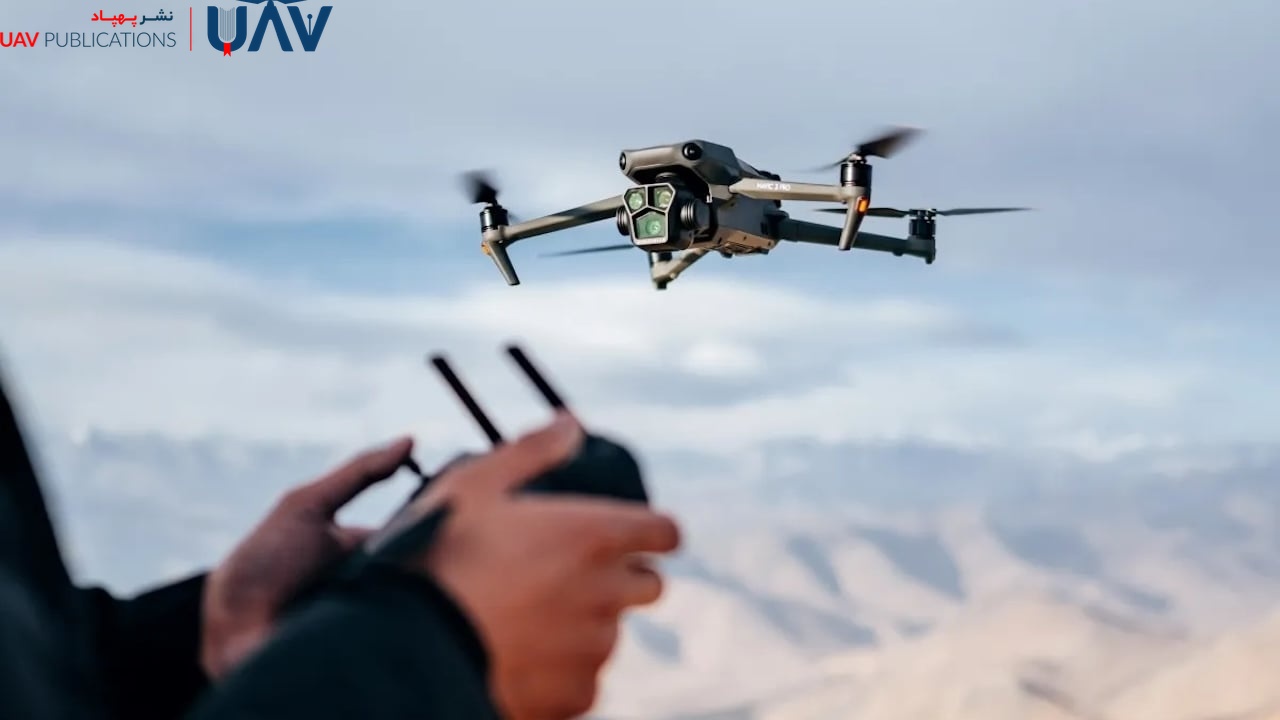
These journals highlight environmental, urban, and agricultural applications, often blending remote sensing data with machine learning and AI methods. Publishing in these venues extends your reach to environmental scientists, geographers, and mapping professionals, thereby enhancing the interdisciplinary impact of your work.
Remote Sensing – A Leading Journal in UAV Environmental Applications
With its high impact factor, Remote Sensing is a well-established journal that has long supported UAV research in environmental monitoring, precision agriculture, and land-use change detection. Articles often focus on multispectral analysis, data fusion (e.g., LiDAR and thermal imagery), and lightweight drone-compatible processing workflows.
Regular special issues on image resolution enhancement and noise reduction demonstrate the journal’s vital role in bridging UAV sensing technologies with environmental and natural resource management.
Sensors – UAV Hardware and Data Acquisition
The journal Sensors is a leading platform for UAV sensor technology, including multispectral sensors, MEMS-based chips, and real-time data coordination systems. Its published studies span innovations in visible light, IR, and radar sensors aimed at improving mapping accuracy and real-time monitoring. It also evaluates signal processing techniques to minimize UAV image noise and enhance data quality. Sensors is a go-to journal for researchers working on integrating high-performance sensing hardware with compact UAV systems.
IEEE Robotics and Automation Letters (RA-L) – UAV and Autonomy Research
RA-L offers a premier venue for publishing cutting-edge interdisciplinary work at the intersection of robotics and UAV autonomy. Articles explore navigation algorithms, optimal control, and M2M (machine-to-machine) communication protocols, especially in the context of complex aerial missions. Backed by IEEE, RA-L provides exposure through major conferences such as ICRA and IROS, making it a top-tier journal for high-impact research in autonomous systems.
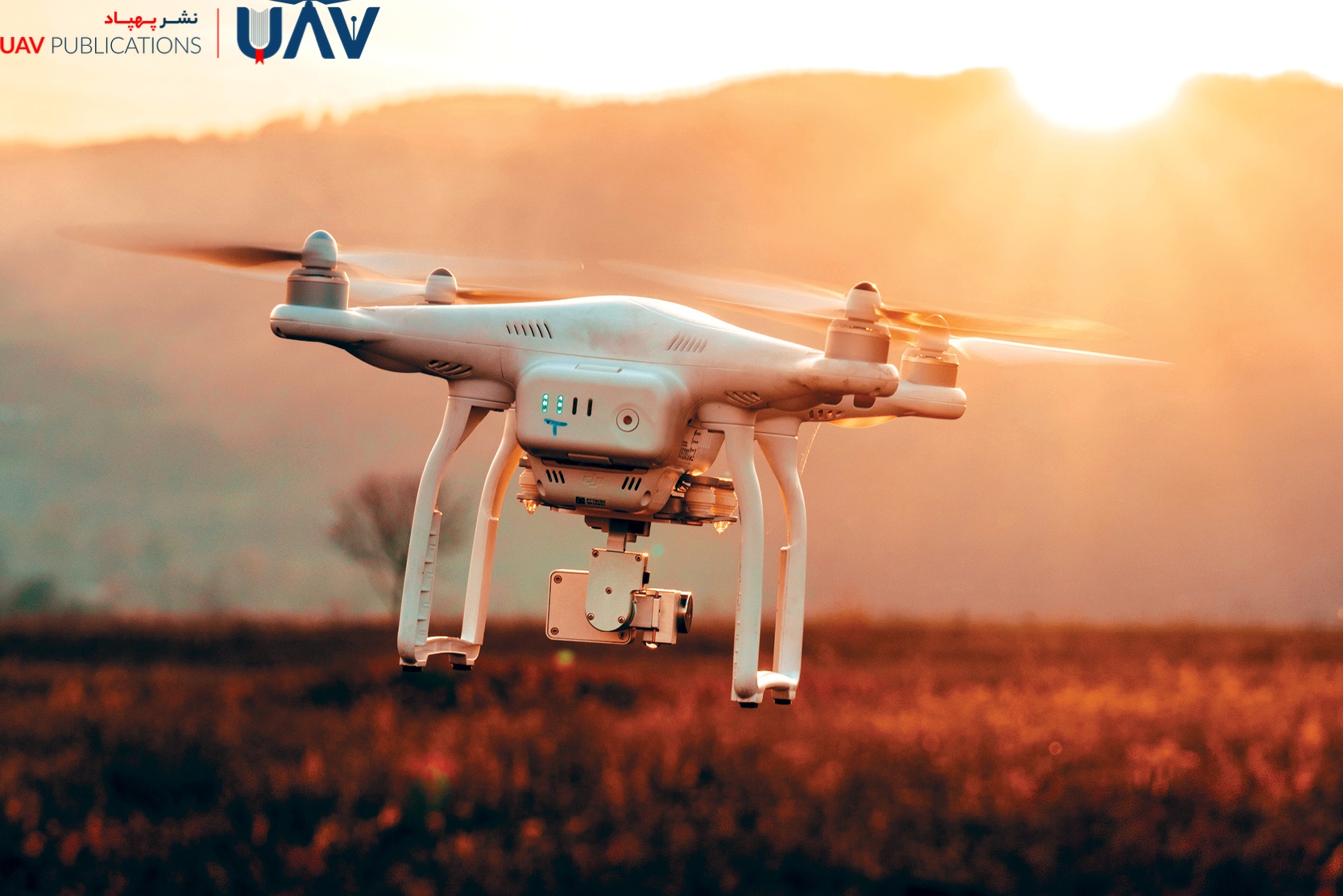
Journal of Field Robotics – Real-World UAV Testing
Published by Wiley, the Journal of Field Robotics specializes in real-world testing of autonomous systems, including UAVs. It focuses on field experiments conducted under various environmental and geographic conditions, including mountainous terrain, forests, and urban environments. Articles present detailed methodologies, reliability assessments, and validation of real-world data. Its rigorous review process includes both academic and industry reviewers, making it ideal for teams working on practical UAV deployments.
Autonomous Robots – AI-Driven UAV Innovations
A Springer publication, Autonomous Robots covers advanced topics in real-time decision-making, distributed sensing networks, and machine learning for autonomous flight. Articles emphasize the use of deep learning models for obstacle detection, dynamic path planning, and multi-drone coordination. Its seasonal special issues and close ties with international robotics conferences provide authors with exposure to the global research community.
UAV Applications in Precision Agriculture: Precision Agriculture Journal
UAVs are revolutionizing precision agriculture by enabling the collection of aerial data for yield optimization. The Precision Agriculture journal specializes in this domain, publishing studies on spectral data analysis, plant growth modeling, and resource optimization (e.g., irrigation and fertilization). Drone-enabled detection of crop diseases and yield gaps is a frequent topic. The journal also features research from large-scale field trials conducted in leading agricultural nations, such as the U.S. and the Netherlands.
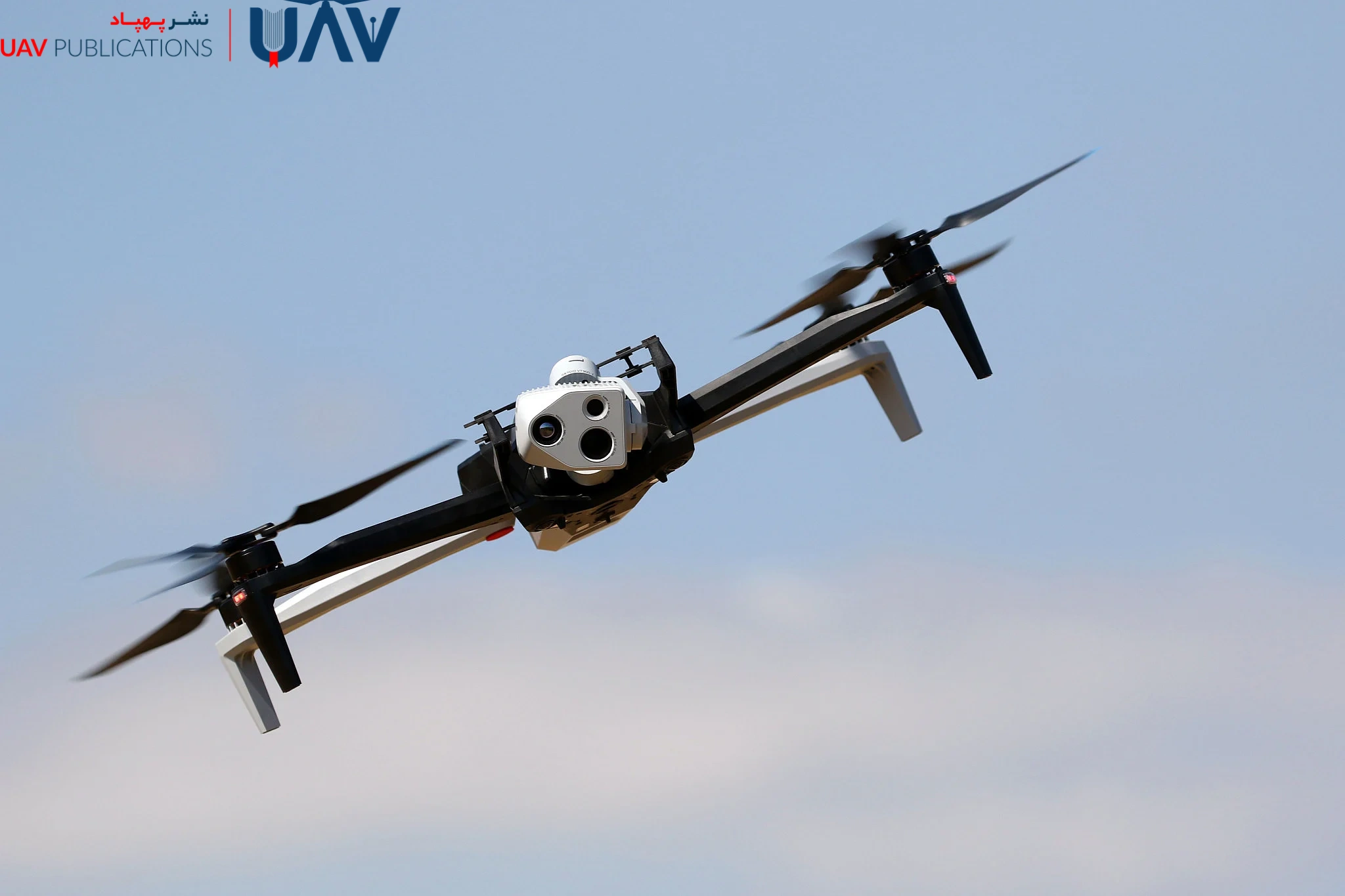
International Journal of Remote Sensing – Global UAV Remote Sensing Research
This journal publishes sophisticated research on geospatial data processing using drones, including high-resolution mapping, geologic analysis, and environmental stress monitoring. It emphasizes UAV-satellite data fusion, low-altitude image correction, and mitigation of atmospheric effects. Studies introducing machine learning techniques for vegetation classification and water pollution detection are well-received.
Comparing UAV-Specific and Broader Robotics/Sensing Journals
UAV-specific journals (e.g., Drones, JUVS) focus narrowly on drone technologies, including propeller design and indoor path planning. Broader journals (e.g., Sensors, Autonomous Robots) cover UAVs as one of many subdomains. If your work is UAV-centric, choose a specialized journal. If it involves multi-domain sensor or algorithm development, a broader robotics journal may be more suitable.
The Role of Complementary Journals in Advancing UAV Technology
Journals like IEEE RA-L and Journal of Field Robotics publish key developments in swarm navigation, reinforcement learning, and drone collaboration. AI journals, such as Autonomous Robots, address real-time decision systems and multi-drone simulations. Combining these insights with UAV-focused research enables the development of intelligent UAVs that can adapt to complex missions.
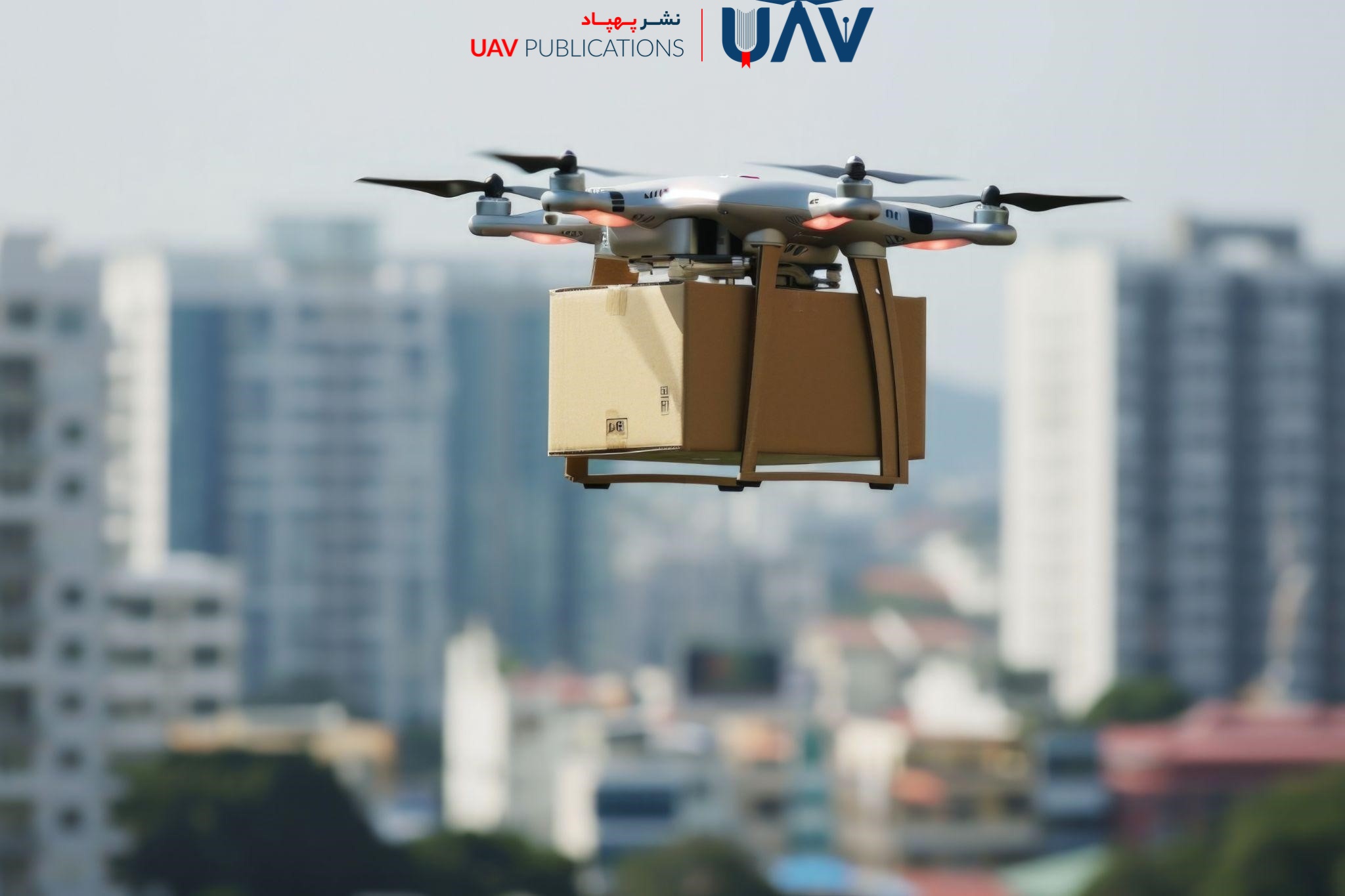
Evaluating Journal Impact and Reach in UAV Research
When selecting a journal, consider its impact factor, indexing (e.g., Scopus, Web of Science), and accessibility model. UAV-specific journals may have moderate impact factors but strong thematic alignment and citation potential. General robotics journals often have higher impact but stiffer competition. Consider APCs, publication timelines, and self-archiving policies as part of your selection process.
NRC Research Press: Milestones in UAV Publishing
Through JUVS, NRC Research Press has published impactful work on UAV control, structural durability, and environmental assessment. It supports multidisciplinary research and provides comprehensive field data reporting from remote regions, including the Arctic and rainforests. NRC also promotes academic-industry collaboration via conferences and thematic issues.
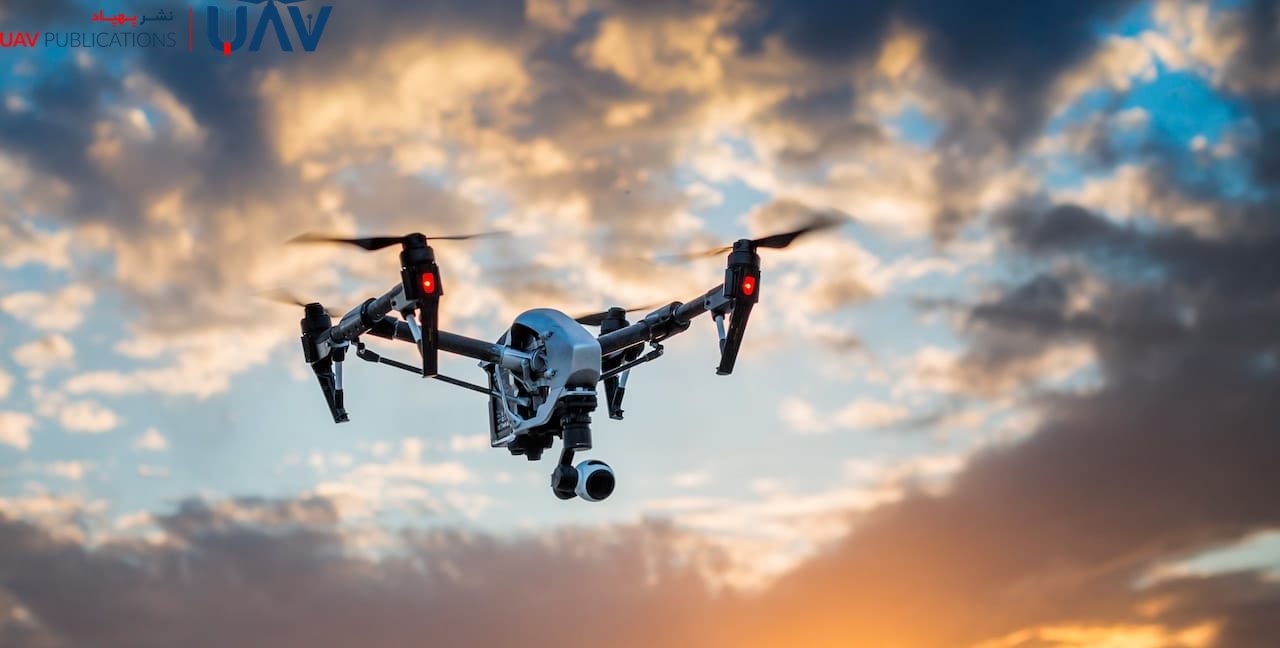
World Scientific’s Role in Expanding UAV Publication Scope
Unmanned Systems, published by World Scientific, emphasizes cross-domain applications such as medical robotics and smart infrastructure. With double-masked peer review, themed issues, and partnerships with global conferences, it enhances research visibility and credibility. Its author support services and marketing campaigns further increase readership and impact.
Interdisciplinary Journals for Future UAV Development
Journals such as the ACM Transactions on Cyber-Physical Systems and the Smart Cities Journal explore the integration of drones in cyber-physical systems and urban infrastructure. Topics include aerial IoT, secure communication, urban mobility, and regulatory frameworks. These venues bridge engineering, policy, and social implications—ideal for forward-thinking UAV research.

Post-Publication Services and Author Support
Post-acceptance services such as early online release, DOI assignment, and format conversion enhance visibility. Journals offering social media campaigns, language editing, and usage analytics (e.g., Altmetrics) boost dissemination. Assess APCs, copyright terms, and turnaround times to choose a journal that aligns with your goals.
Future-Oriented UAV Research Publishing
Emerging trends, such as hydrogen-fueled drones, fuel-cell UAVs, and 6G communication, are shaping the next generation of UAV studies. Journals increasingly highlight aerial IoT, drone ethics, blockchain security, and autonomous fleet management. Researchers should monitor these developments and target journals with forward-looking editorial strategies.
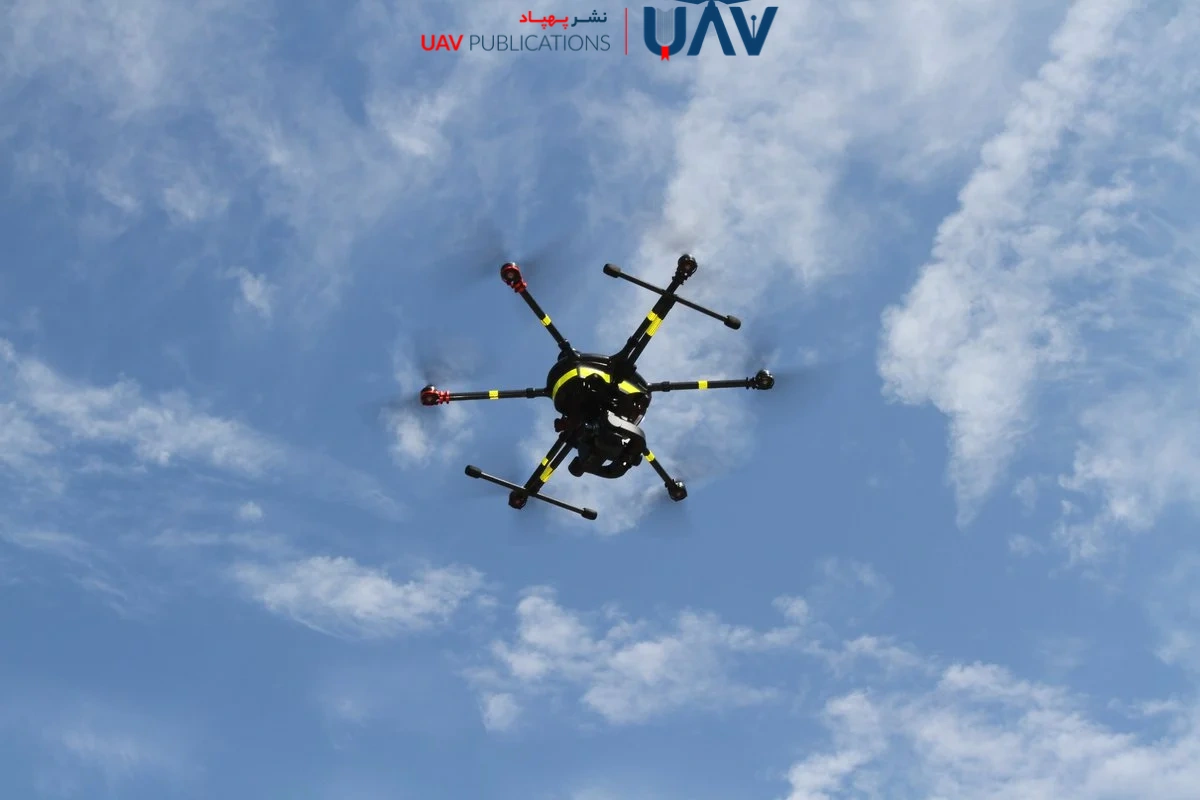
Step-by-Step Guide to UAV Journal Submission
- Define your research scope (e.g., autonomous control or remote sensing).
- Shortlist relevant journals based on topic, impact, access model, and APCs.
- Follow author guidelines precisely—title format, abstract, keywords, citations.
- Track the peer review process and respond promptly to reviewer comments.
- After acceptance, leverage post-publication services to enhance visibility.
Promote your article on academic networks (e.g., ResearchGate) and present it at conferences to maximize your reach.
Open Data and UAV Research Repositories
Open-access publishing and public data repositories, such as Zenodo, Figshare, and Dryad, enhance the credibility and reusability of UAV research. Sharing supplementary data (e.g., LIDAR files, aerial images) enables replication and accelerates innovation. Journals like MDPI and Springer support this via supplementary materials.
Conferences and Special Issues: Driving UAV Innovation
Top conferences (ICRA, IROS) often lead to special issues in high-impact journals. Presenting early results at these events fosters feedback, collaboration, and visibility. A strong conference presentation can enhance the credibility and familiarity of a journal reviewer with a submission, thereby increasing the likelihood of acceptance.
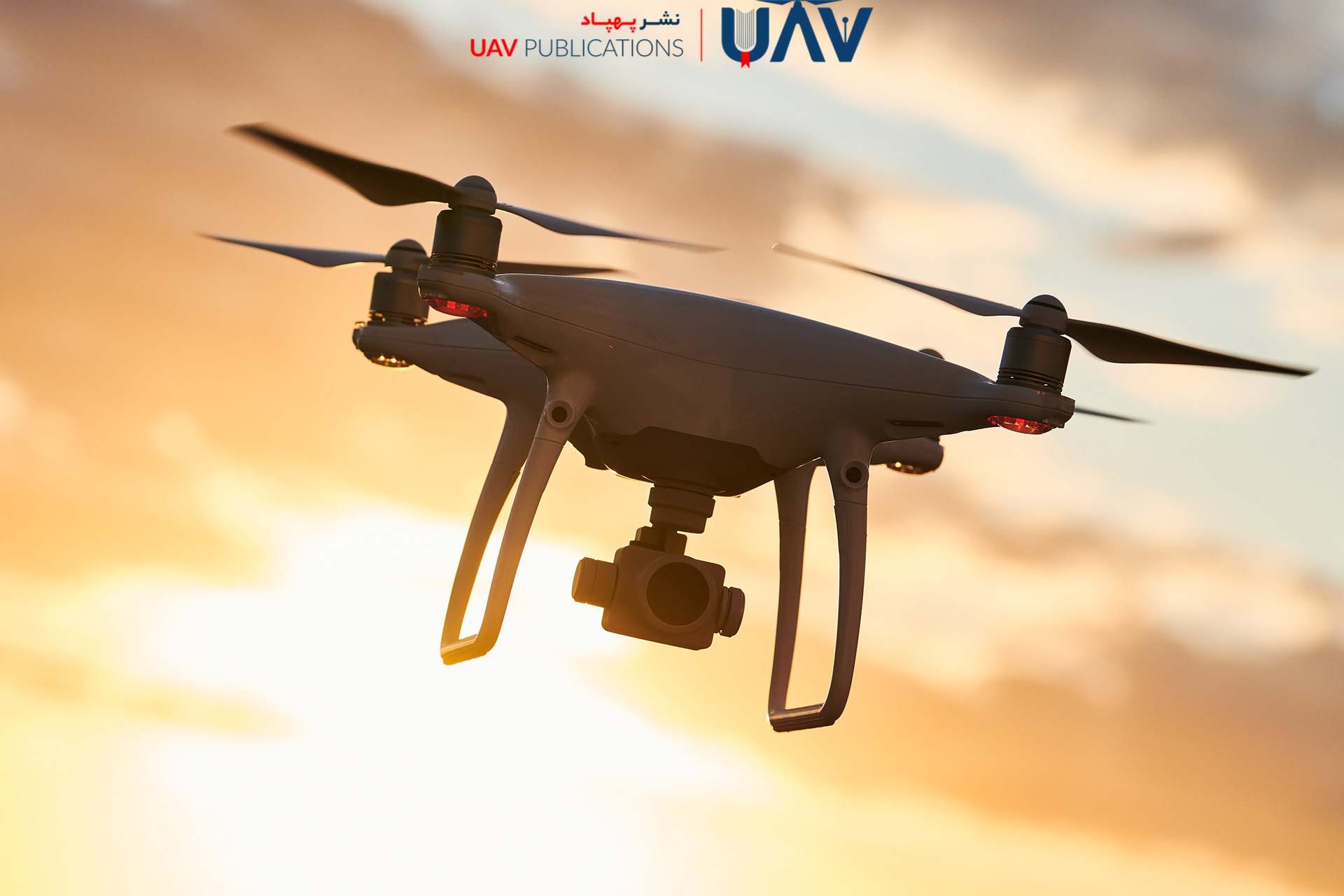
Systematic Reviews: Mapping the UAV Research Landscape
Review articles and systematic reviews—often featured in Drones and Remote Sensing—help identify research gaps and guide future studies. Using frameworks like PRISMA ensures methodological rigor and broad impact.
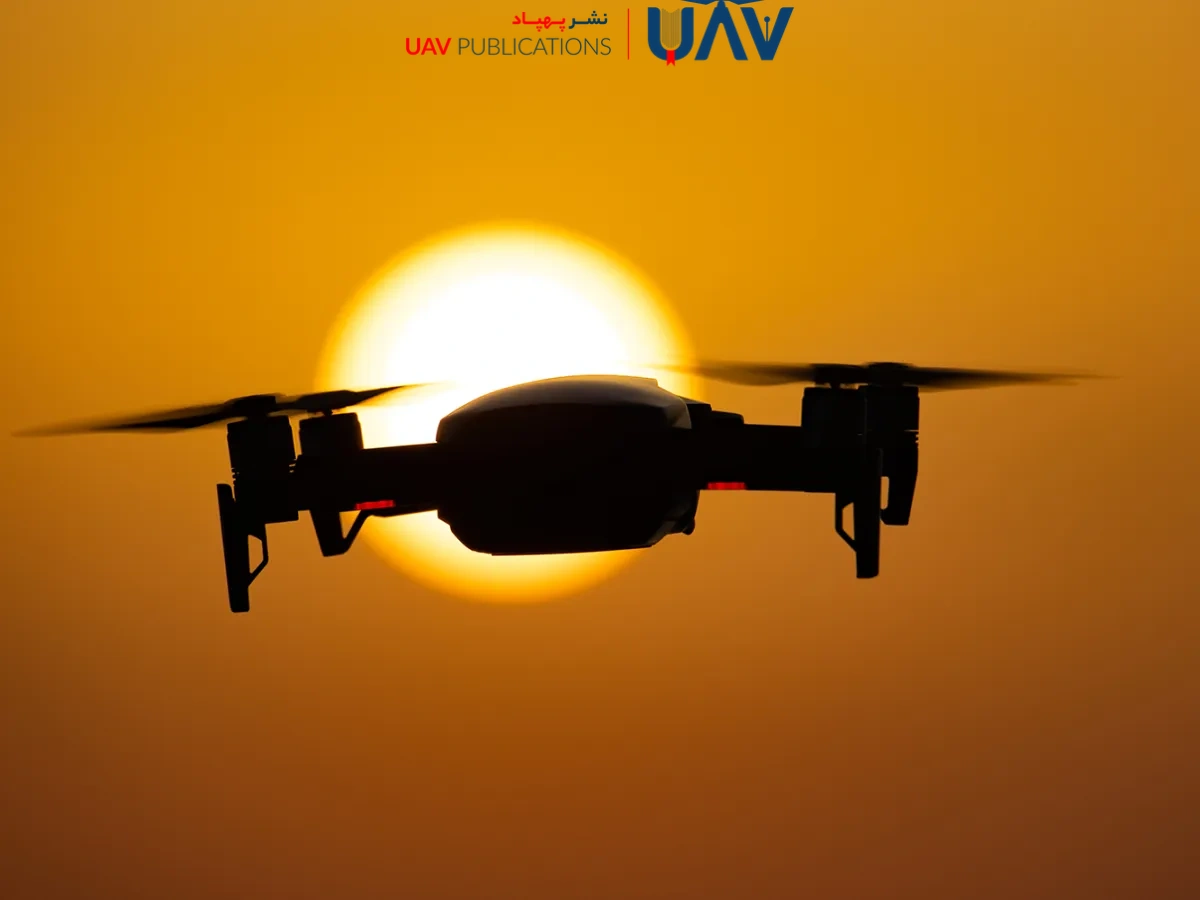
Ethical and Legal Considerations in UAV Research
UAV studies must address flight permissions, privacy rights, and data protection regulations (e.g., GDPR). Disclose these measures in your methodology and discussion to build reviewer trust and avoid legal risks.
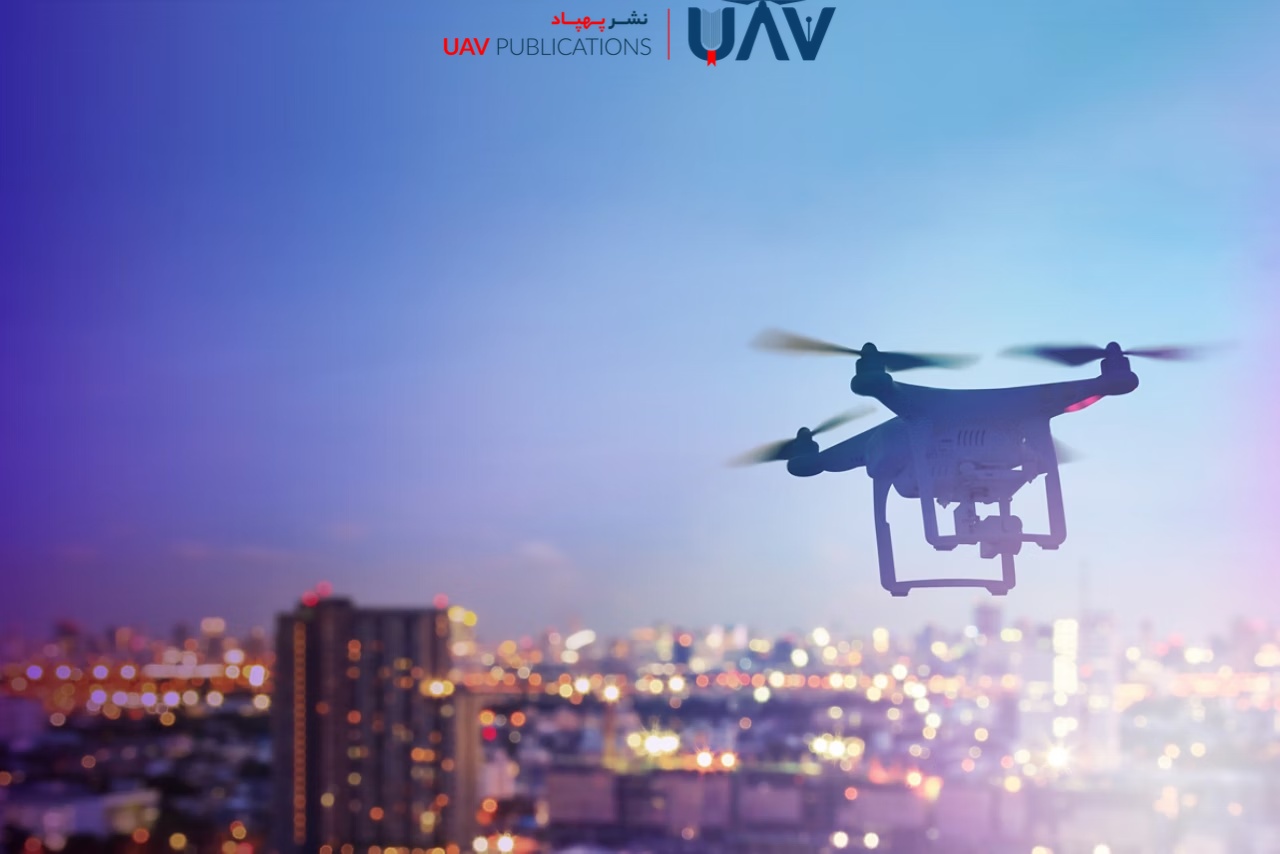
Tools and Platforms for Writing and Publishing UAV Articles
- Overleaf: LaTeX-based journal templates
- Grammarly/LanguageTool: Grammar and style checks
- Journal Finder: Publisher tools for matching scope
- ORCID: Researcher profile integration
- Publons: Peer review management
Using these tools ensures high-quality submissions and streamlines the publication process.

